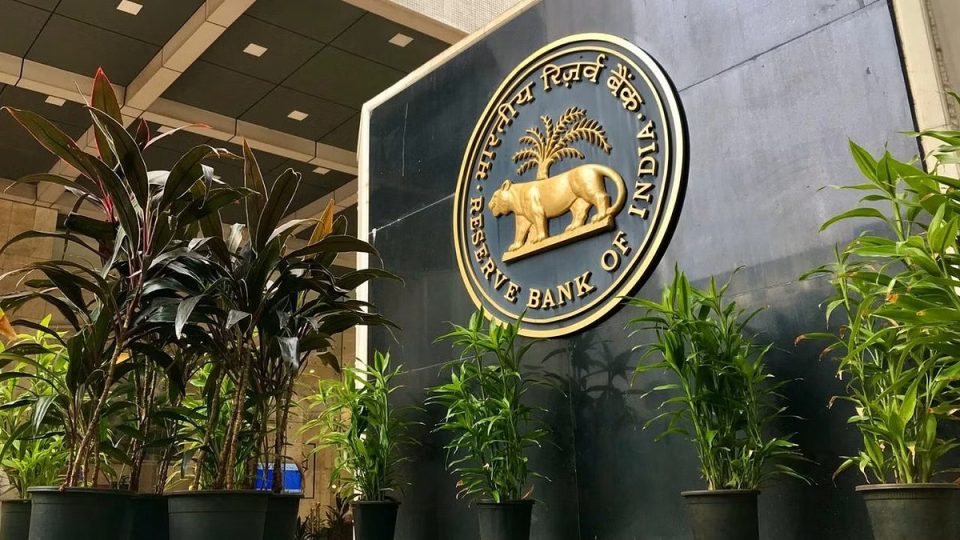Today, on June 27, the 29th issue of the Financial Stability Report (FSR) was published by the Reserve Bank of India (RBI). This report provides the combined evaluation of the Sub-Committee of the Financial Stability and Development Council (FSDC) regarding the Indian financial system’s resilience and the risks to financial stability.
Key Points of the Financial Stability Report (FSR)
- The global economy is currently encountering increased risks due to prolonged geopolitical tensions, elevated public debt, and slow progress in achieving lower inflation rates. Despite these challenges, the global financial system has demonstrated resilience and stability in financial conditions.
- Both the Indian economy and financial system remain sturdy and resilient, anchored by macroeconomic and financial stability. Banks and financial institutions have been facilitating economic activity through consistent credit expansion, supported by improved balance sheets.
- As of the end of March 2024, the capital-to-risk-weighted assets ratio (CRAR) and the common equity tier 1 (CET1) ratio of scheduled commercial banks (SCBs) were recorded at 16.8% and 13.9%, respectively.
- By the end of March 2024, the gross non-performing assets (GNPA) ratio of scheduled commercial banks (SCBs) dropped to a multi-year low of 2.8%, and the net non-performing assets (NNPA) ratio fell to 0.6%.
- Macro stress tests for credit risk indicate that SCBs would be able to meet minimum capital requirements. The system-level CRAR in March 2025 is projected at 16.1%, 14.4%, and 13.0% under baseline, medium, and severe stress scenarios, respectively. It is important to note that these scenarios are rigorous conservative assessments under hypothetical shocks, and the results should not be interpreted as predictions.
- Non-banking financial companies (NBFCs) continue to show robust health with a CRAR of 26.6%, a GNPA ratio of 4.0%, and a return on assets (ROA) of 3.3%, all as of the end of March 2024.
Scheduled commercial banks (SCBs) have shown robust performance with healthy capital-to-risk-weighted assets and common equity tier 1 ratios. Further, a significant drop in gross and net non-performing assets ratios is a strong financial indicator.
Non-banking financial companies (NBFCs) also exhibit strong financial health with a high capital-to-risk-weighted assets ratio, low non-performing assets ratio, and a solid return on assets.
 Live
Live

